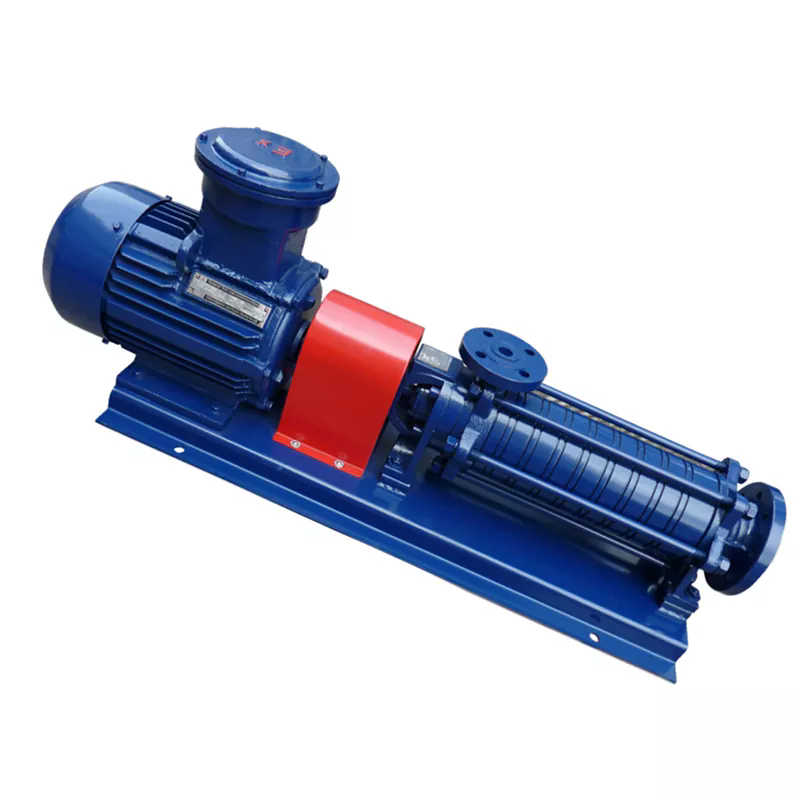LPG Pump: The Power Behind Safe and Efficient Gas Transfer
2025-06-03
In today’s energy-conscious world, LPG (Liquefied Petroleum Gas) continues to play a vital role in residential, commercial, and industrial applications. Whether it’s fueling your home heating system, powering vehicles, or running an industrial process, one critical component ensures that LPG is transferred safely and efficiently: the LPG pump.
What Is an LPG Pump?

An LPG pump is a specialized mechanical device designed to move liquefied petroleum gas from one container to another—typically from a storage tank to a cylinder, vehicle tank, or other distribution point. These pumps are engineered to handle LPG’s unique properties: it’s a pressurized, flammable liquid that quickly turns to gas at atmospheric pressure.
Why Use an LPG Pump?
Here are several key reasons why LPG pumps are essential in LPG systems:
Efficiency: LPG pumps make bulk transfer faster and more cost-effective, especially in commercial filling stations or industrial setups.
Pressure Control: They help maintain the correct pressure during transfer, ensuring safety and performance.
Safety: By controlling the flow of LPG, pumps reduce the risk of leaks, spills, and vaporization during handling.
Automation Compatibility: Modern LPG pumps integrate easily into automated systems for metering, shut-off, and monitoring.
Common Applications of LPG Pumps
1. Autogas Filling Stations – Used for refueling LPG-powered vehicles.
2. Cylinder Filling Plants – Transfer LPG from storage tanks to domestic/commercial gas cylinders.
3. Industrial Processing – Supply fuel to burners, furnaces, or manufacturing lines.
4. Bulk Transport Systems – Assist in loading/unloading tankers or storage facilities.
Types of LPG Pumps
Depending on the specific use, you’ll find different types of LPG pumps in the market:
Centrifugal Pumps: Ideal for high flow, low-pressure applications.
Rotary Vane Pumps: Most common in cylinder filling and autogas stations. They offer smooth, pulse-free flow.
Side Channel Pumps: Useful for operations where self-priming and handling vapor-liquid mixtures are necessary.
Submersible Pumps: Placed directly in tanks to reduce risk and noise while offering efficient pumping.
Key Features to Look For
When choosing an LPG pump, consider:
Material Compatibility: Stainless steel or special alloys to withstand corrosion and pressure.
Flow Rate: Depending on application volume.
Explosion Proof Motor: For safety in flammable environments.
Seal Quality: To prevent leaks of gas and ensure longevity.
Maintenance and Safety Tips
Routine Inspection: Regularly check for seal wear, motor function, and pressure consistency.
Use Proper Hoses and Fittings: Ensure compatibility with LPG to avoid leaks.
Emergency Shutoff Systems: Always install systems to immediately cut flow in case of fault.
Train Personnel: Staff should understand safe LPG handling procedures.
Final Thoughts
As global demand for clean and efficient energy rises, LPG remains a key player—especially in regions with limited natural gas infrastructure. And at the heart of every reliable LPG system is the LPG pump, ensuring safety, speed, and precision.


